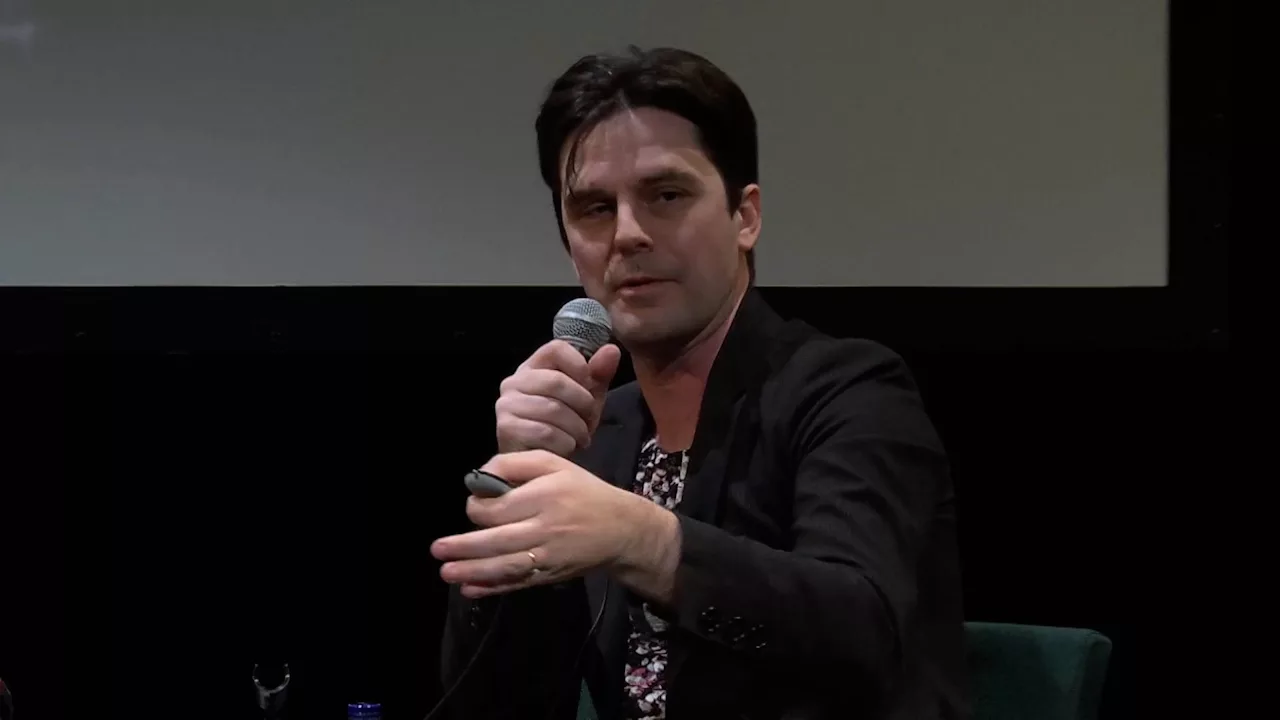
Can Sound be Spaceless?
Sound is inherently tied to space, it traverses. Once you start considering the possibility of a spaceless sound, you are delving into a realm of abstraction. Two types of re-encodings of sound that might be considered aspatial are the conversion of “vibrations moving through the air” to a digital signal and our memory of sonic events.
